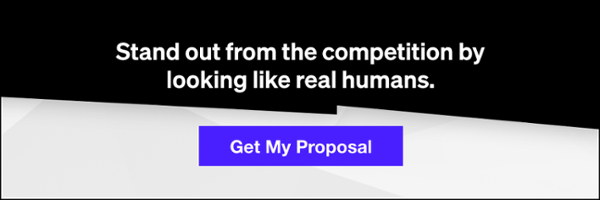On both Facebook and Instagram, businesses have the option to boost their posts. Boosted post allow you to turn your organic content into ads. However, the boosted post appears as part of the News Feed as opposed to designated ad areas, such as the right sidebar on Facebook. Paying to have your post boosted will put it high in the News Feed on the respective platform, so there’s a better chance your audience will see the post.
It may be tempting to boost the post and let the rest take care of itself, but not utilizing the posts to the best of your advantage would be foolish. A boosted post can help you get in front of new eyes, but you’ll have to do some extra work if you want to keep those eyes on your brand. Just a few simple tips will help you to get the most out of every dollar you paid for a boosted post.
Turn Post Likes Into Page Likes
So you got someone to like your boosted post? That’s great! It’s always good to know that the posts you are paying for are being seen, but don’t stop there. This initial interest in your brand is a great time to engage with a potential follower and invite them to like your page. Once they follow your brand, they’ll be more likely to see your posts in the future (boosted or not).
Related: Are My Target Customrs on Social Media?
To do so, simply click on the part of the post that shows you the unique users that have engaged with your post. From here, you’ll notice that you can “Invite” anyone who has engaged with your post to like your page. Once you’ve invited them, their name will turn to “Invited” or “Liked” depending on their acceptance of your invite. Unfortunately, this option is only available to pages with under 100,000 fans so use it while you can!
Refine Your Audience
Facebook, and therefore Instagram, has a robust set of business tools that can be utilized to better understand your ad performance and audience as a whole. One particularly useful tool is Facebook Audience Insights. Designed to help marketers better understand their target audience, Audience Insights includes aggregate information about geography, demographics, purchase behavior, and more. This gives you the power to look at trends regarding your current or potential customers across Facebook.
Related: Strategies for Growin Your Social Media Following as a New Brand
With all this data, you can then find the best audience for your specific brand. Understanding your audience in this way will allow you to create the best content possible. Once your boosted post displays in front of the right audience, you’re in the best position possible for drawing them to your website or brand profile pages.
Make A Choice
You’ll need to make a decision regarding what is most important to you. For some, you might want to be judged on how many click-throughs your posts are driving. For others, it might be engagement and interactions per post. You’ll need to figure out what is most important to you and your business, then use that to develop a strategy for developing your boosted posts based on those goals.
What’s the difference? Click-through is simply how many times a URL is clicked. This is often presented as the click-through rate (CTR) which is the number of clicks on a link divided by the number of times the link was seen. Typically, CTR is used when discussing ad performance, but since boosted posts are a type of ad it could apply here as well.
Engagement, on the other hand, includes all actions your audience takes on the post. This includes liking, sharing, commenting, viewing photos or videos, and even clicking on a link. Engagement is also what Facebook’s EdgeRank is based off of so higher engagement means more people will see your post.
So, what do you choose? As with most metrics, results may vary. However, it’s generally understood that a more engaged audience is more valuable than a larger one. You’ll also want to think about the goal of the content. If you’re running a boosted post for a sale then clicks may be more important, compared to a quote where engagement is your end goal.
Limit Text
A quick google search can tell you that ads which contain images or video typically outperform text-only ads exponentially. However, that’s not to say that text isn’t unfounded in an ad. If you only posted a picture of your product, your audience would have no idea what it was or where to buy it. So when you’re creating your ad, limit text to 20% or less of the total ad space. This means, the text that is on your actual image should cover 20% or less of the visual landscape. You can then utilize your caption and/or headlines to describe the product, post, or sale more clearly. Making your ad more visually based will give your boosted post optimal reach across your audience.


















